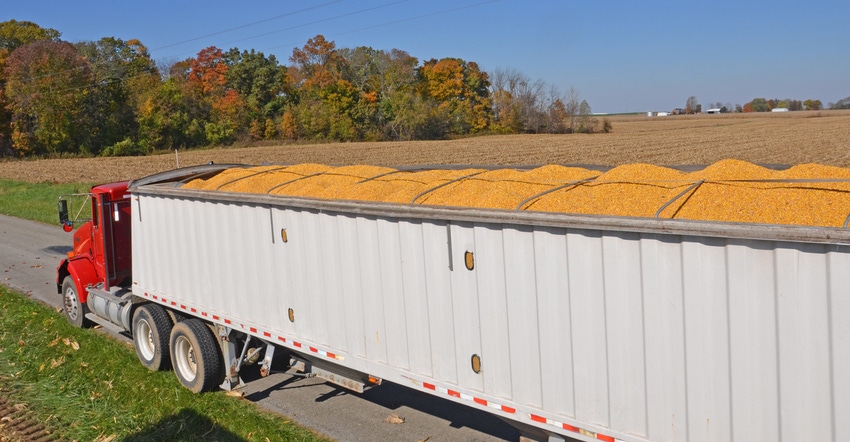March 7, 2022

Tax season was stressful when I was growing up in the 1960s. About two weeks before Dad’s appointment with his “tax man,” Mom would clear off the dining room table and dump farm receipts and expenses into two big piles. Yes, some came out of shoeboxes.
Nobody keeps records like that today, right? I’ve talked to financial consultants and farm loan experts recently, and they would hesitate before agreeing. Many people have up-to-date computerized records today, but many still don’t. People’s record-keeping skills and how they evaluate their businesses is all over the board.
The irony is that when Mom and Dad were struggling with record-keeping, the corn price rarely fluctuated more than a dime, or maybe a quarter. Corn prices changed far more than that in one month, January to February, this year. In fact, soybean prices changed even more, increasing $1.50 per bushel in just one month!
Here’s why my dad’s shoebox accounting system doesn’t cut it today.
Costs to grow crops. The latest Purdue University budget for 2022 crops indicates it could cost $1,000 or more to grow an acre of corn, accounting for all costs. That’s high compared to a year ago, and astronomically higher than the 1960s.
Operating loans. Dad took his tax returns to the local bank and got what money he needed to put out the next crop. If you’re growing 3,000 acres of crops, half corn, half soybeans, you will have around $2.5 million invested, by Purdue’s numbers. Just counting variable costs to buy seed, fertilizer, fuel and to operate, you may need $1.5 million. If farming was at that level in 1960, I would not have grown up on a farm — Mom would have pulled the plug!
Weather markets. Few people followed national markets in the 1960s. Fewer still knew what an El Niño was until Jim Newman of Purdue used the term during the drought of 1983.
“Today, weather markets we’re watching are in South America,” says Jim Mintert, Purdue Extension ag economist and director of the Purdue Center for Commercial Agriculture. “When Brazil grows 40% of the world’s soybeans, what happens down there affects markets here.”
Land values and cash rents. My grandfather sold his farm for $500 per acre in 1961 and was thrilled. Farmland there today would start at $15,000. I didn’t even know what cash rent was; Dad rented on the halves. Mintert and his colleagues at Purdue expect cash rent to go up another 5% or more for rents negotiated in ’22 for ’23 if crop prices hold. You must know your costs to the penny to negotiate in today’s environment.
Favorable selling window. Perhaps one thing that hasn’t changed as much is that spring into early summer is still a good time to sell both old-crop and new-crop corn and soybeans, the ag economists note. Their advice this year? Complete your crop budgets, monitor the weather here and in South America, and be ready to pull the trigger and sell old crop, and at least some new crop, when you have an opportunity to do it at a profit.
Comments? Email [email protected].
You May Also Like




